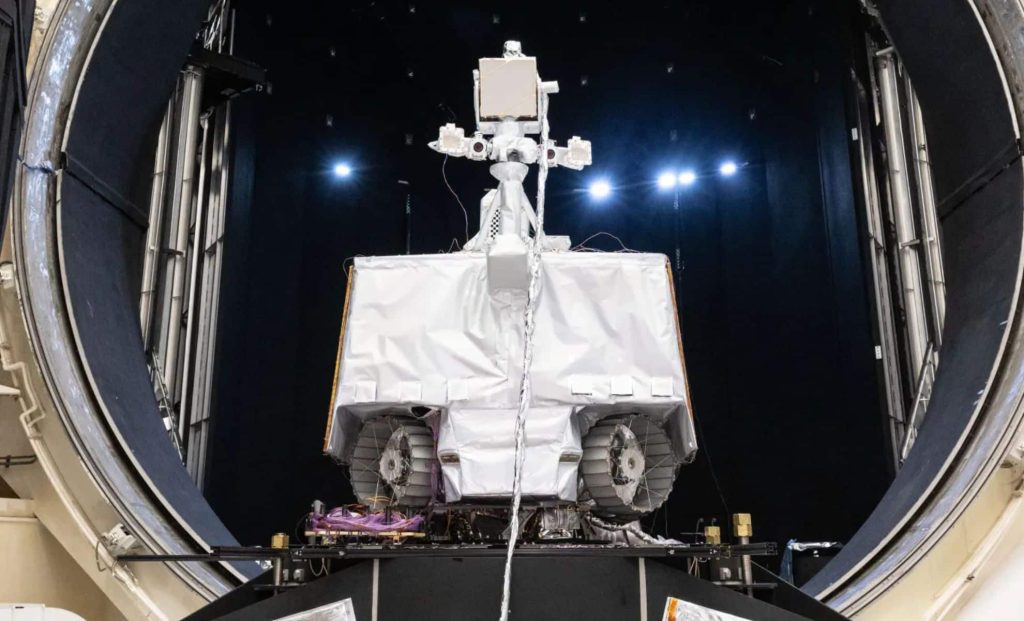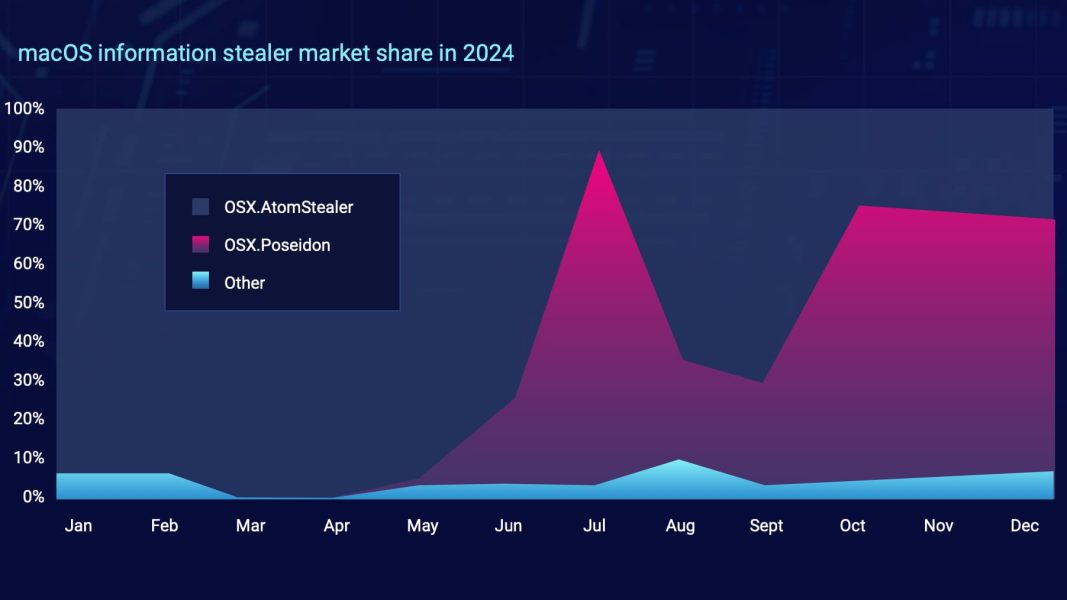NASA’s VIPER Moon Rover Gets a Second Chance as NASA Turns to Private Industry for Revival – The Daily Galaxy –Great Discoveries Channel

After facing cancellation due to budget constraints, NASA’s VIPER rover—designed to hunt for water ice on the moon—may still have a chance to fulfill its mission, thanks to private sector partnerships. The agency recently announced a call for U.S. companies to join forces on the VIPER project, providing the rover’s scientific instruments and the opportunity to advance lunar exploration capabilities. But can the private sector bring the rover back to life, and what could this mean for future moon missions? Keep reading to find out how NASA’s VIPER rover mission could still make it to the lunar south pole.NASA’s VIPER (Volatiles Investigating Polar Exploration Rover) mission, initially set to explore the moon’s south pole for crucial water ice deposits, faced a significant setback when it was canceled in July 2024 due to budget constraints. This project, originally designed to help NASA’s Artemis program identify potential resources for lunar habitats, had been slated to land on the moon to search for valuable water ice, a key resource for future human exploration. However, thanks to private sector collaboration, there may be a chance for VIPER to make a comeback. NASA has announced that it is now looking to partner with U.S. companies to help bring the rover to the moon, giving the mission a second chance at fulfilling its original purpose.This turn of events reflects a broader strategy by NASA to involve private industry in its efforts to explore the moon and beyond. The partnership would not only allow NASA to explore vital lunar resources but also advance commercial capabilities in the rapidly expanding field of space exploration. By teaming up with private companies, NASA is hoping to bring VIPER back to life, potentially leading the way for more lunar exploration missions in the coming years. But what exactly does this partnership entail, and how could the private sector help bring VIPER to the lunar surface?The VIPER rover was designed to help NASA determine the availability of water ice on the moon’s south pole—a region of the moon believed to hold significant deposits. This water could be used for human survival in space, providing drinking water, oxygen, and even the hydrogen needed for rocket fuel. As humanity looks toward establishing a permanent presence on the moon as part of the Artemis program, understanding the potential for in-situ resource utilization is critical.VIPER’s mission was supposed to explore areas that had never been studied in detail before. Water ice on the moon could drastically change how we think about lunar exploration, potentially reducing the need to send water supplies from Earth, which is costly and logistically complex. The rover was set to travel to the lunar south pole and map ice deposits, taking precise measurements and analyzing the distribution of volatiles—molecules made up of water, carbon dioxide, and other chemicals—on the lunar surface.Originally slated for a 2024 launch, VIPER’s mission was put on hold due to financial constraints in the wake of the broader challenges faced by NASA’s lunar exploration efforts. However, the cancellation of the mission sparked discussions about how to salvage the project and continue its vital work. Rather than shelving the mission entirely, NASA looked to private companies to pick up the slack and help make the VIPER mission a reality. This initiative is part of NASA’s larger strategy to collaborate with the private sector to achieve its space exploration goals.The decision to reopen the VIPER mission through private sector involvement presents an exciting opportunity for U.S. companies to play a major role in lunar exploration. NASA’s announcement calls for proposals from private firms interested in landing the VIPER rover on the moon, completing its science campaign, and helping to operate the rover. The private companies will need to be able to not only land VIPER but also ensure that it carries out its scientific tasks on the lunar surface, including analyzing ice deposits and gathering data that will be sent back to Earth.“Moving forward with a VIPER partnership offers NASA a unique opportunity to engage with the private sector,” said Nicky Fox, associate administrator of NASA’s Science Mission Directorate. “Such a partnership provides the opportunity for NASA to collect VIPER science that could tell us more about water on the moon, while advancing commercial lunar landing capabilities and resource prospecting possibilities.”By turning to commercial partners, NASA is setting a precedent for future space exploration missions. Private companies can provide the technology and infrastructure necessary to carry out missions that were previously only feasible for large government agencies. This approach allows NASA to tap into innovation and resources from the commercial space industry, while also ensuring the efficiency and speed of future space endeavors.VIPER’s primary mission is to map water ice on the moon, particularly in the permanently shadowed regions near the lunar south pole. These areas are thought to be the best locations for water ice deposits because they remain in perpetual darkness, shielding the ice from the sun’s heat. The rover was designed to help NASA understand the location, quantity, and accessibility of this ice, which could be critical for sustaining long-term lunar missions.In the broader context of the Artemis program, VIPER’s success is key to human exploration of the moon. Water is one of the most important resources for astronauts, and finding ways to harvest it from the lunar surface could make moon bases more self-sufficient. VIPER’s findings could also help pave the way for future lunar mining operations that will be vital to establishing a permanent human presence on the moon. With the potential to extract water for fuel, astronauts could travel further into space, opening up new frontiers for human exploration.NASA’s VIPER mission will also serve as a testing ground for the technologies and methodologies that will be needed for even more ambitious missions—such as establishing bases on Mars. If successful, VIPER’s exploration of lunar ice could become a model for future off-planet resource utilization, pushing humanity closer to a sustainable presence in deep space.NASA’s call for private industry proposals means that the fate of the VIPER mission now rests in the hands of the U.S. space industry. The agency will evaluate proposals from interested companies and expects to select a partner by the summer of 2025. This company will be responsible for delivering VIPER to the moon, ensuring the rover’s scientific success, and relaying its findings back to Earth.The February 20, 2025 deadline for proposals is fast approaching, and companies like SpaceX, Blue Origin, and Astrobotic could be among the contenders to take on this high-profile mission. The chosen company will not only be helping NASA achieve its goals but also gaining valuable experience and exposure in lunar exploration technology, a field that is rapidly expanding.For NASA, working with the private sector represents a major shift in space exploration strategy, leveraging commercial expertise and resources to meet the challenges of lunar missions. The success of VIPER could set a precedent for future collaborations between NASA and the private sector, creating a framework for long-term space exploration partnerships.As the VIPER rover mission hangs in the balance, one thing is certain: the future of moon exploration depends on the innovative solutions that NASA and private companies can bring to the table. If successful, VIPER will provide not only crucial data on water but also help establish the technological foundation for humanity’s return to the moon—and beyond.Got a reaction? Share your thoughts in the commentsEnjoyed this article? Subscribe to our free newsletter for engaging stories, exclusive content, and the latest news.Comment Save my name, email, and website in this browser for the next time I comment.
© 2024 | Daily Galaxy | All rights reserved
Source: https://dailygalaxy.com/2025/02/nasa-viper-moon-rover-gets-a-second-chance/





